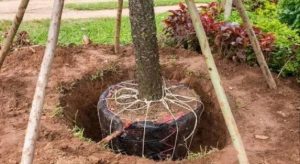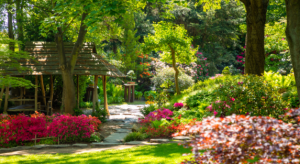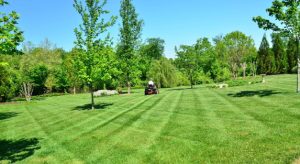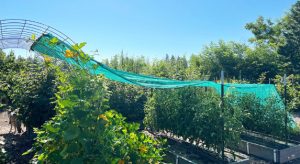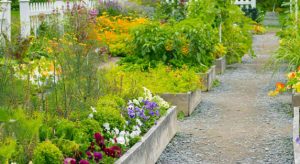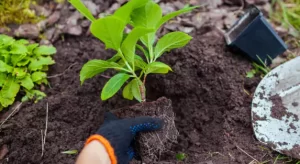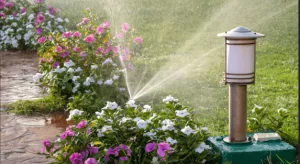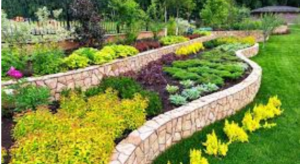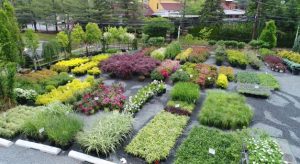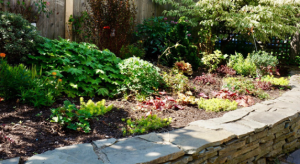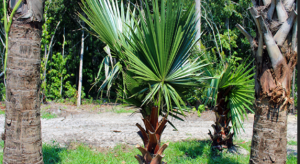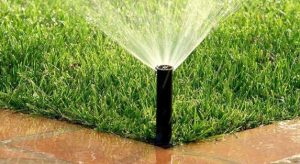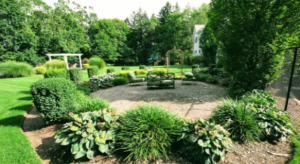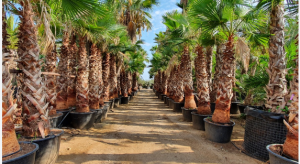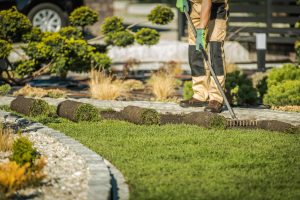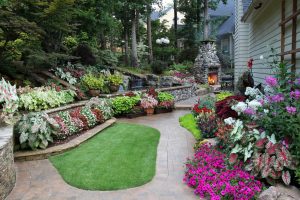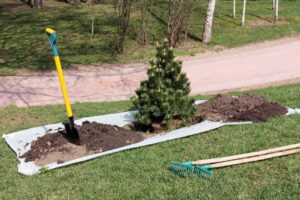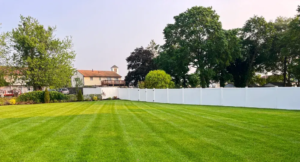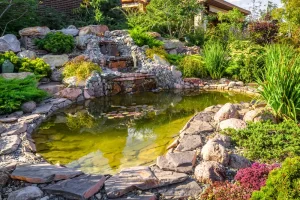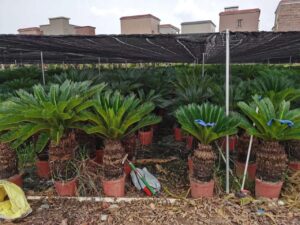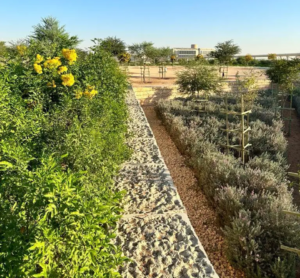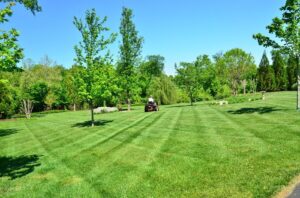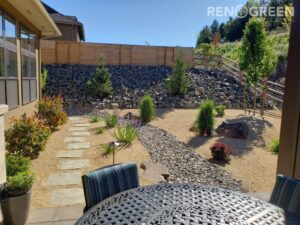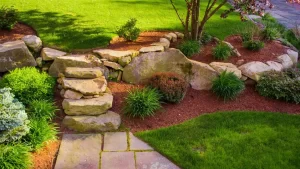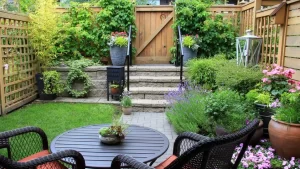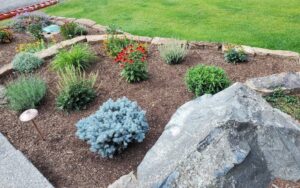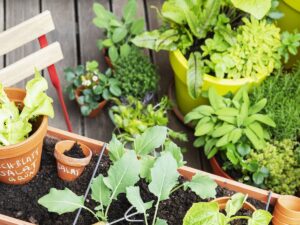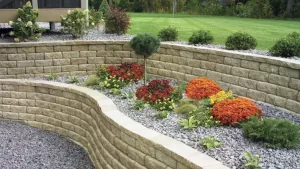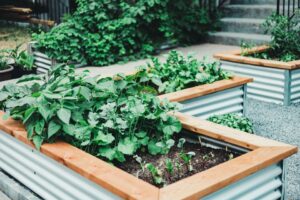Transform Your Outdoor Space with Complete Landscape Maintenance
13 July, 2024
Introduction
Imagine stepping into your backyard and being greeted by a lush, vibrant garden that feels like an extension of your home. This isn't just a dream—it's entirely achievable with Complete Landscaping Maintenance. Whether you're a gardening novice or a seasoned green thumb, maintaining a beautiful landscape requires a strategic approach. In this guide, we'll dive into the essentials of comprehensive landscaping care, ensuring your outdoor space remains stunning all year round.
Why Complete Landscaping Maintenance Matters
Maintaining a pristine landscape isn't just about aesthetics; it's about creating a harmonious environment that enhances your property's value and your overall well-being. A well-kept garden can:
- Boost your home's curb appeal
- Provide a serene retreat for relaxation
- Offer a functional space for entertaining
- Support local wildlife and biodiversity
Let's explore the key components of complete landscaping maintenance that will keep your garden in top shape.
Seasonal Care: Adapting to Nature's Rhythms
Spring: Awakening Your Garden
Spring is the season of renewal. As the days grow longer and temperatures rise, your garden begins to wake up from its winter slumber. Here are some essential tasks to get your landscape ready for the growing season:
- Clean Up Debris: Remove dead leaves, fallen branches, and other debris that accumulated over winter.
- Soil Preparation: Aerate the soil to improve air circulation and water penetration. Add compost to enrich the soil with nutrients.
- Pruning: Trim dead or damaged branches from trees and shrubs to encourage healthy growth.
- Planting: Introduce new plants and flowers that thrive in spring, such as tulips, daffodils, and pansies.
Summer: Sustaining the Bloom
Summer brings heat and longer days, which can be challenging for your garden. To keep your landscape vibrant and healthy, focus on the following:
- Watering: Ensure your plants receive adequate water, especially during dry spells. Consider installing a drip irrigation system for efficient watering.
- Mulching: Apply mulch around plants to retain moisture, suppress weeds, and regulate soil temperature.
- Pest Control: Monitor for pests and diseases, using organic methods to keep them at bay.
- Deadheading: Remove spent flowers to encourage continuous blooming.
Autumn: Preparing for Dormancy
As temperatures cool and days shorten, it's time to prepare your garden for the coming winter. Autumn maintenance includes:
- Leaf Removal: Rake up fallen leaves to prevent them from smothering your lawn and plants.
- Fertilizing: Apply a slow-release fertilizer to provide essential nutrients during the dormant period.
- Planting Bulbs: Plant spring-blooming bulbs like tulips and crocuses for a burst of color in the new year.
- Pruning and Protecting: Prune back perennials and cover tender plants to protect them from frost.
Winter: Nurturing in the Off-Season
Winter doesn't mean you should neglect your garden. There are still tasks to ensure your landscape remains healthy and ready for spring:
- Tree Care: Inspect trees for any damage or disease and prune as necessary.
- Protecting Plants: Use burlap or frost covers to shield delicate plants from harsh weather.
- Planning: Take this time to plan any landscape changes or new projects for the upcoming year.
- Indoor Gardening: Consider starting indoor plants or a small herb garden to keep your green thumb active.
Essential Tools for Landscaping Maintenance
Having the right tools can make all the difference in maintaining your garden efficiently. Here are some must-have items for every gardener:
- Gloves: Protect your hands from thorns, dirt, and harsh weather.
- Pruners: Essential for trimming plants and trees.
- Rake: Useful for leaf removal and soil preparation.
- Trowel: Perfect for planting and weeding.
- Watering Can/Hose: Ensure your plants get the water they need.
- Wheelbarrow: Handy for transporting soil, mulch, and plants.
Creating a Sustainable Garden
Sustainability is a crucial aspect of complete landscaping maintenance. By adopting eco-friendly practices, you can create a garden that thrives while minimizing your environmental impact. Here are some tips:
Water Conservation
- Rain Barrels: Collect rainwater to use for watering plants.
- Drought-Tolerant Plants: Choose plants that require less water and are well-suited to your climate.
- Efficient Irrigation: Use drip irrigation or soaker hoses to reduce water waste.
Soil Health
- Composting: Create a compost pile to recycle kitchen scraps and yard waste into nutrient-rich soil.
- Organic Mulch: Use natural mulches like wood chips or straw to enrich the soil and retain moisture.
- Cover Crops: Plant cover crops in off-seasons to improve soil structure and fertility.
Biodiversity
- Native Plants: Incorporate native plants that support local wildlife and require less maintenance.
- Pollinator Gardens: Plant flowers that attract bees, butterflies, and other pollinators.
- Wildlife Habitat: Create habitats like birdhouses or water features to support various species.
Troubleshooting Common Landscaping Issues
Every gardener encounters challenges. Here's how to tackle some common issues:
Weeds
Weeds can quickly overtake your garden if left unchecked. To manage them:
- Mulch: Apply a thick layer of mulch to suppress weed growth.
- Hand Weeding: Regularly pull weeds by hand before they set seed.
- Herbicides: Use organic herbicides as a last resort, following label instructions carefully.
Pests
Pests can damage plants and spread disease. Control them with:
- Beneficial Insects: Introduce predators like ladybugs and lacewings.
- Natural Repellents: Use neem oil or insecticidal soap.
- Barriers: Install physical barriers like row covers to protect vulnerable plants.
Diseases
Plant diseases can be devastating. Prevent and manage them by:
- Proper Spacing: Ensure plants have enough space to allow for air circulation.
- Watering Techniques: Water at the base of plants to keep foliage dry.
- Pruning: Remove infected plant parts promptly.
FAQs About Complete Landscaping Maintenance
Q: How often should I water my garden?
A: It depends on the season and plant type, but generally, aim for deep watering 1-2 times a week rather than frequent shallow watering.
Q: What's the best way to fertilize my garden?
A: Use a balanced, slow-release fertilizer in the spring and fall. Compost and organic matter are also excellent for soil health.
Q: Can I do landscaping maintenance myself, or should I hire a professional?
A: You can certainly handle many tasks yourself, but for complex projects or large landscapes, a professional can offer expertise and save you time.
Conclusion
Complete Landscaping Maintenance is more than a series of tasks—it's a commitment to creating and maintaining a beautiful, sustainable outdoor space. By understanding the seasonal needs of your garden, using the right tools, and adopting eco-friendly practices, you can transform your landscape into a thriving, vibrant haven. So, roll up your sleeves, grab your gloves, and get ready to enjoy the fruits of your labor in a garden that's not just maintained, but truly cared for. Happy gardening!
- Fountain and Waterfalls
- Gardening
- hardscape
- Irrigation system
- Landscape
- Lawn
- Nursery
- Palm Tree
- Plantation and Maintenance
- softscape
- Tree Transplanting
- Washingtonian Tree
Categories
Latest Post
- Fountain and Waterfalls
- Gardening
- hardscape
- Irrigation system
- Landscape
- Lawn
- Nursery
- Palm Tree
- Plantation and Maintenance
- softscape
- Tree Transplanting
- Washingtonian Tree





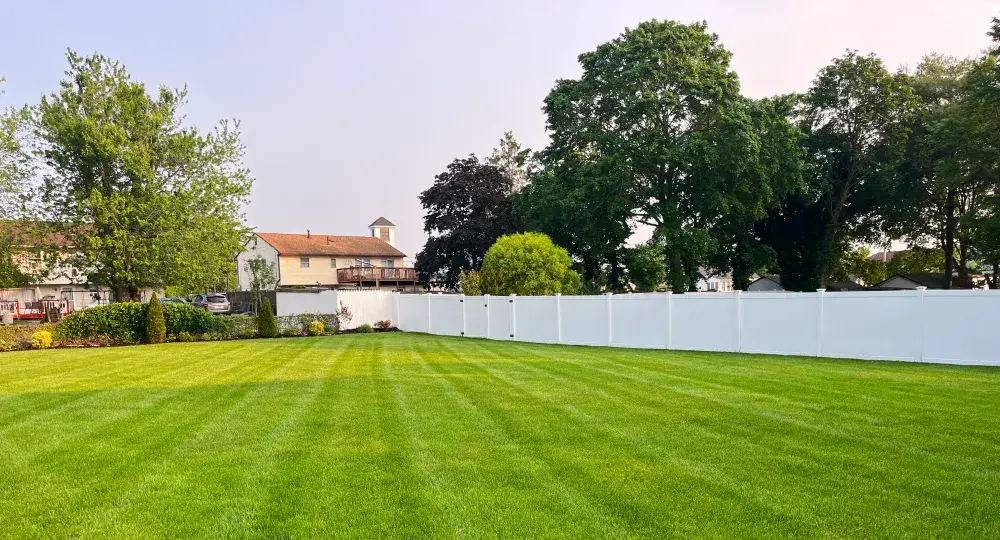

 .
.
